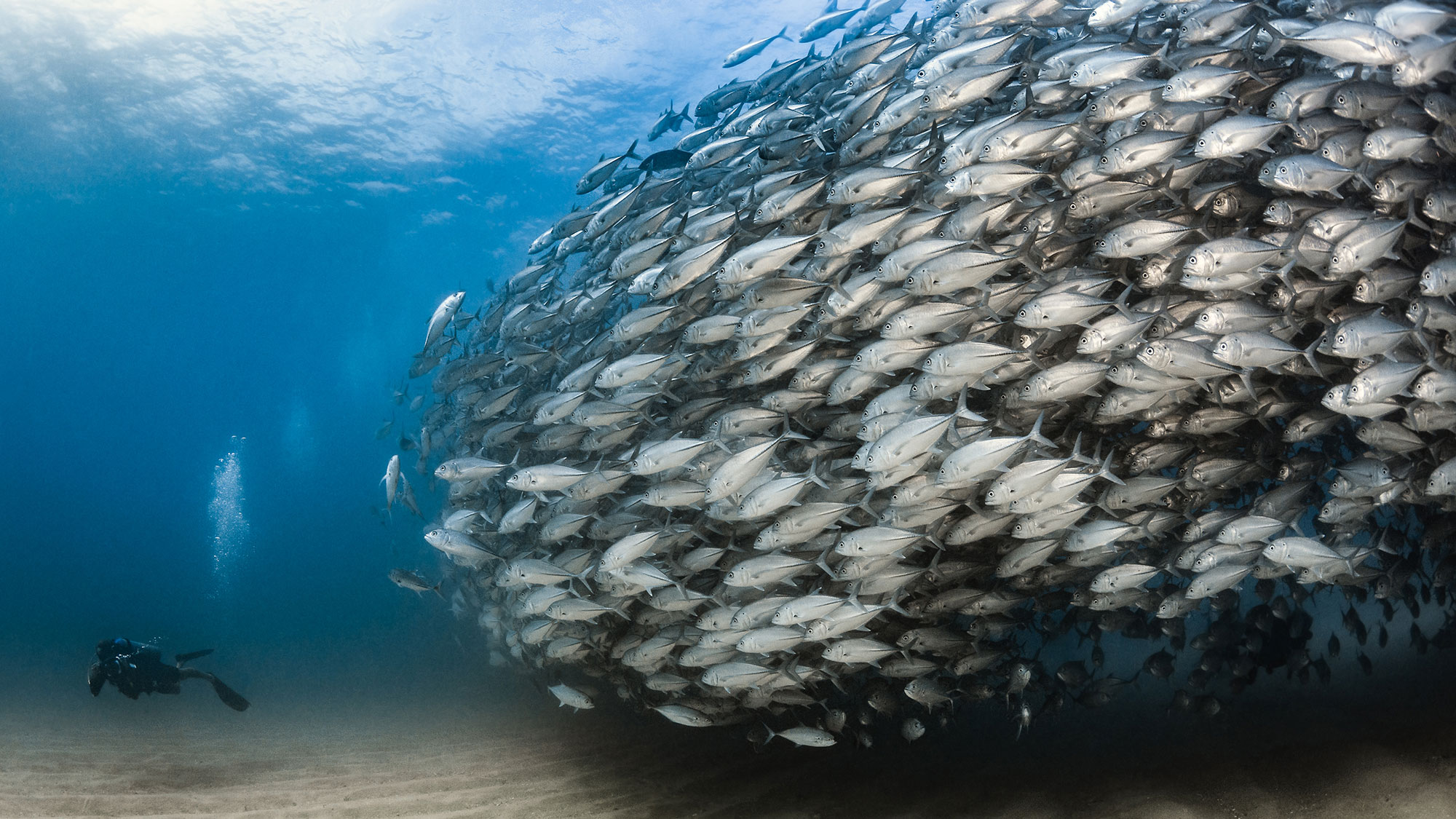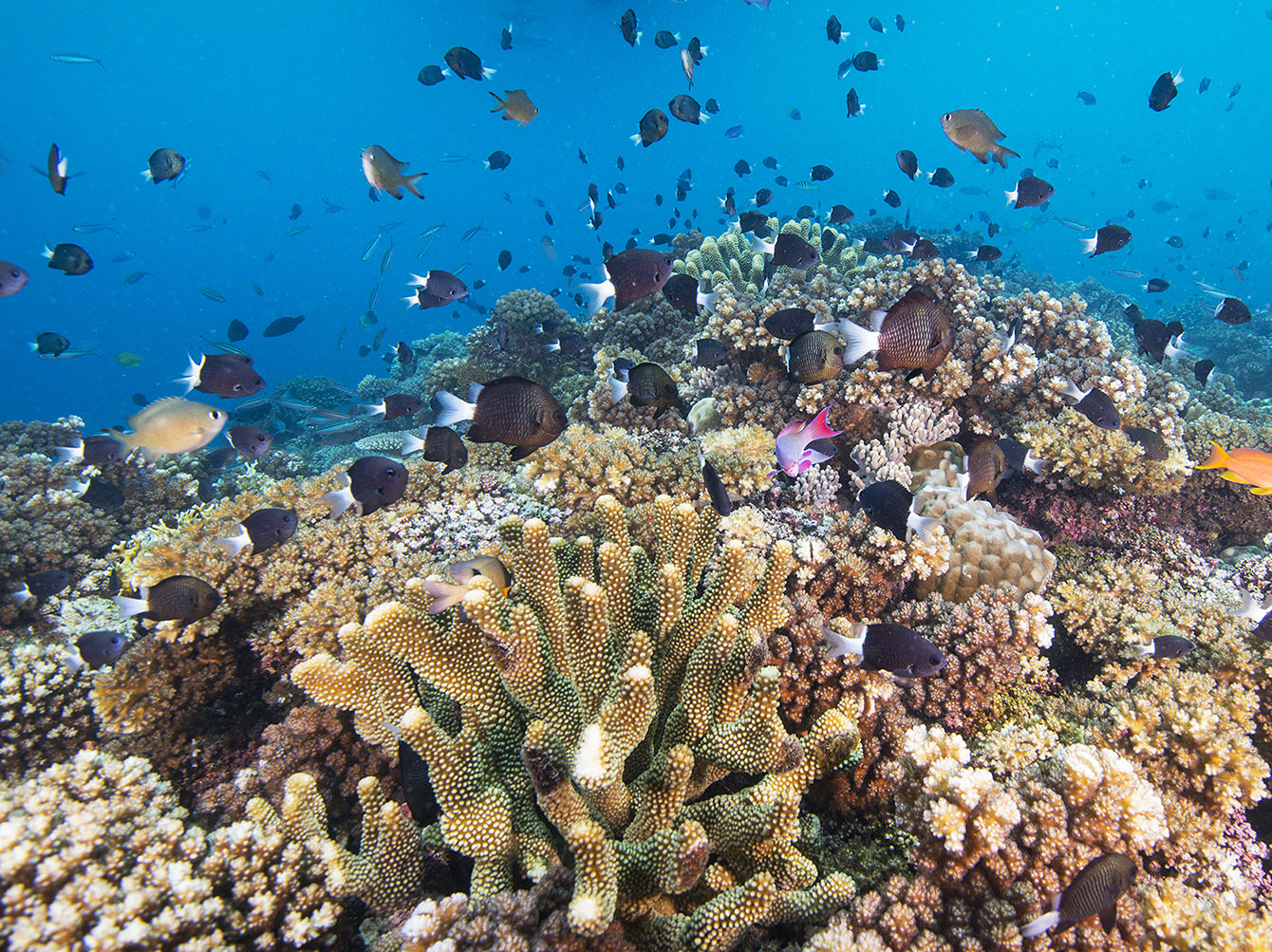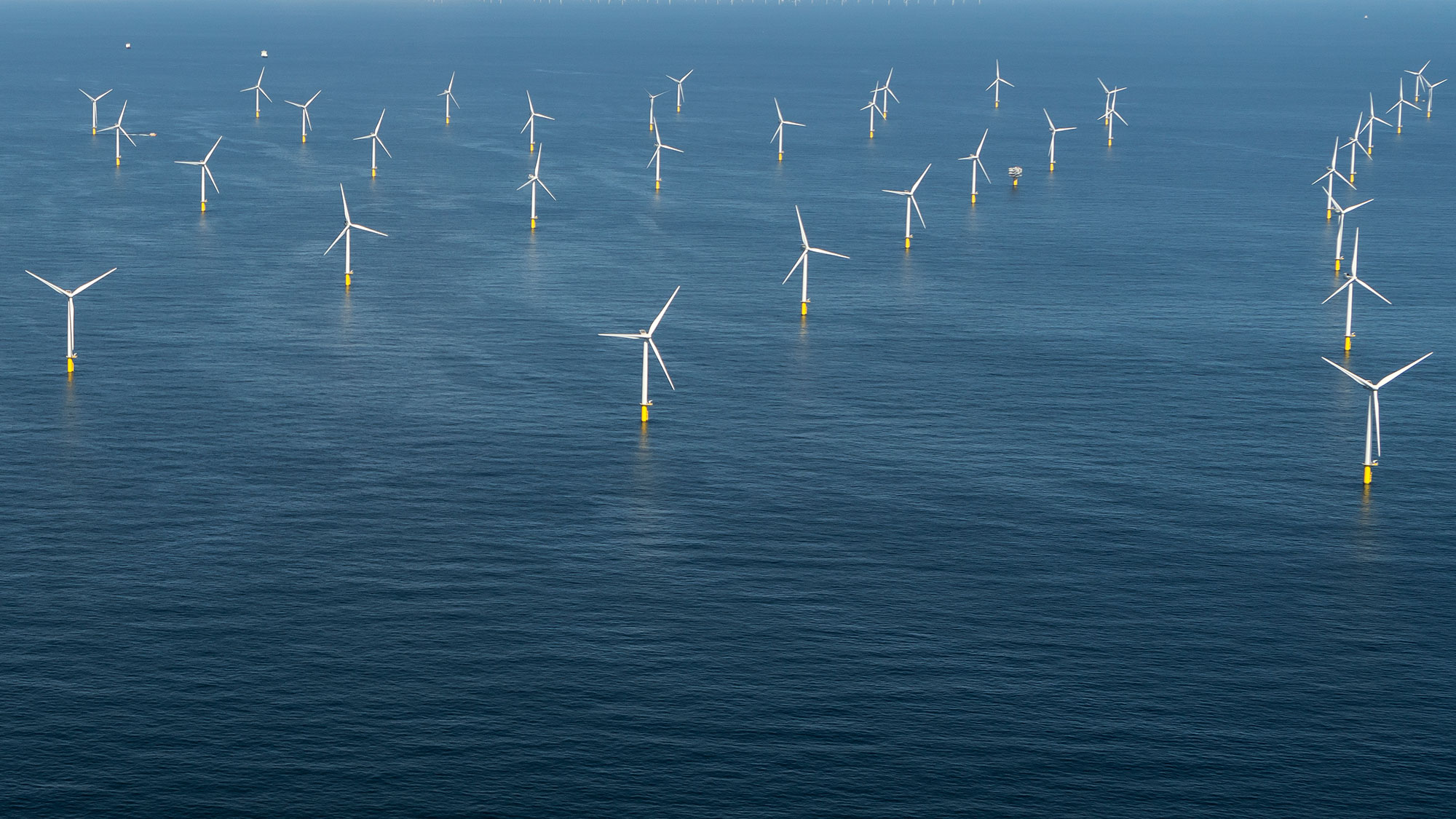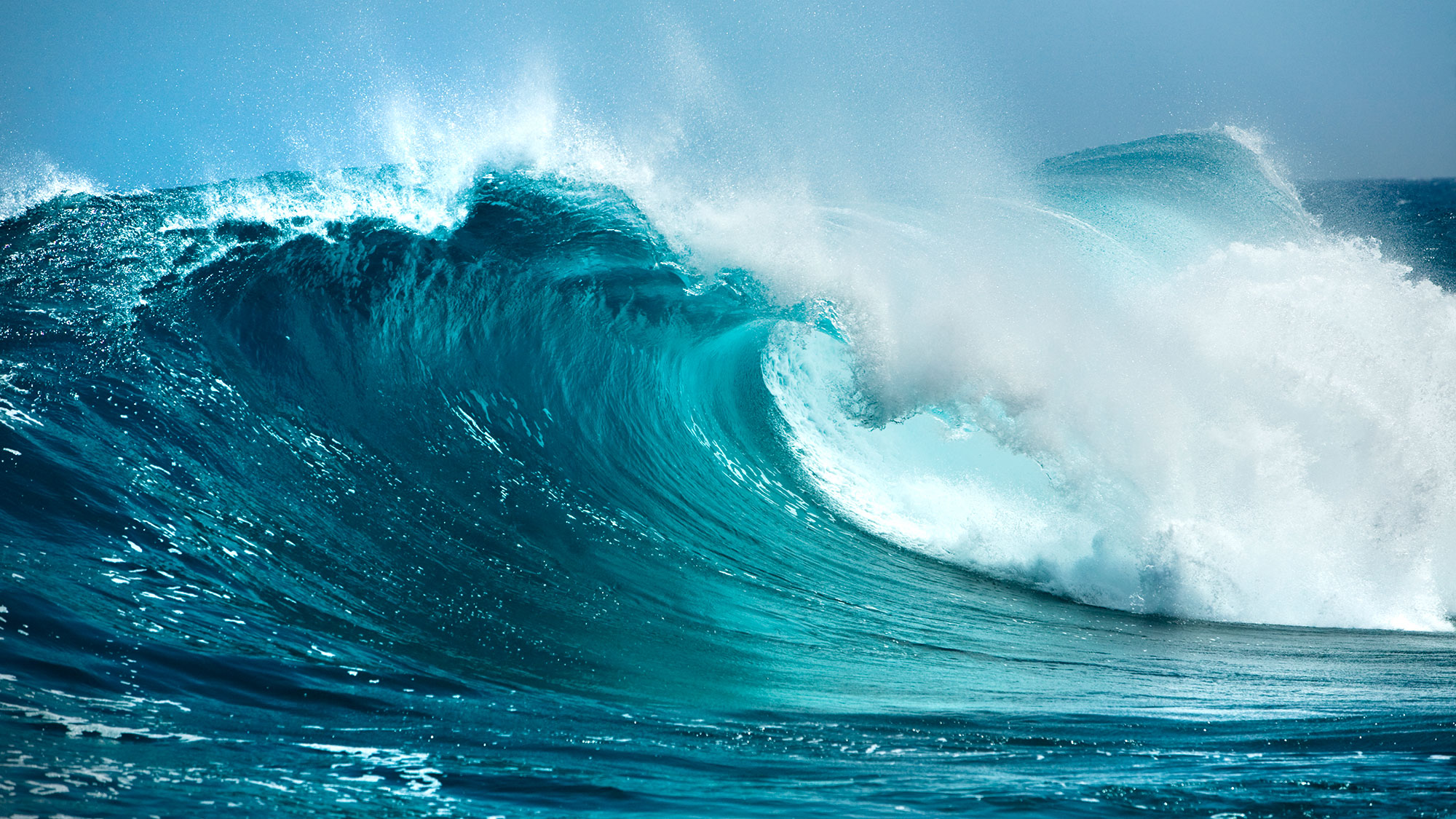Our Shared Seas provides timely data, research, and insights to support ocean conservation policy, practice, and philanthropy.
This independent resource synthesizes threats to ocean health and elevates evidence-based solutions for the ocean. Read more about us or dive into the latest ocean issues.
Data Highlights by topic
Newsletter Signup for Our Shared Seas
Subscribe to our newsletter to be the first to learn about relevant ocean events, research digests, and expert insights. We value your time and will share only periodic updates with quality content.






